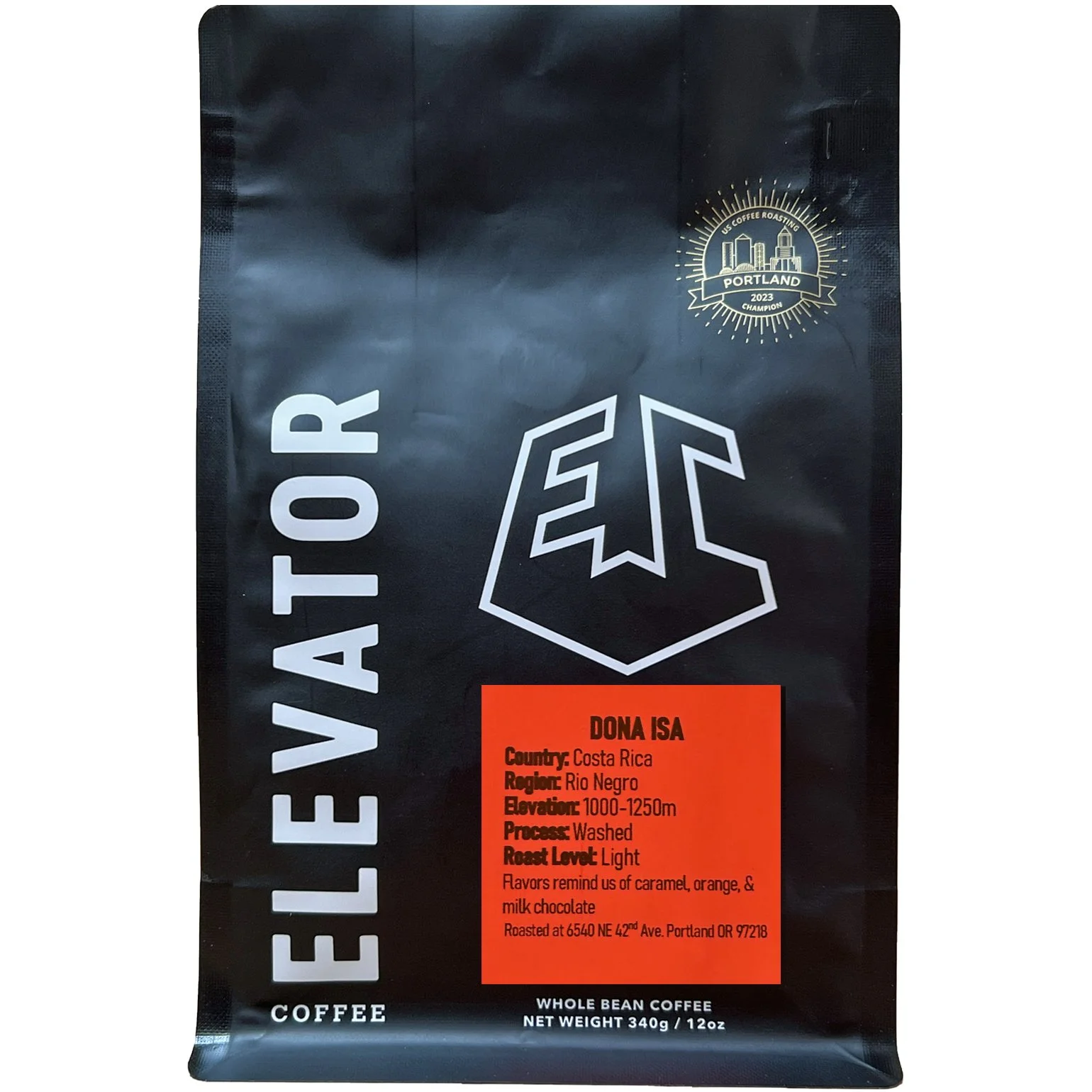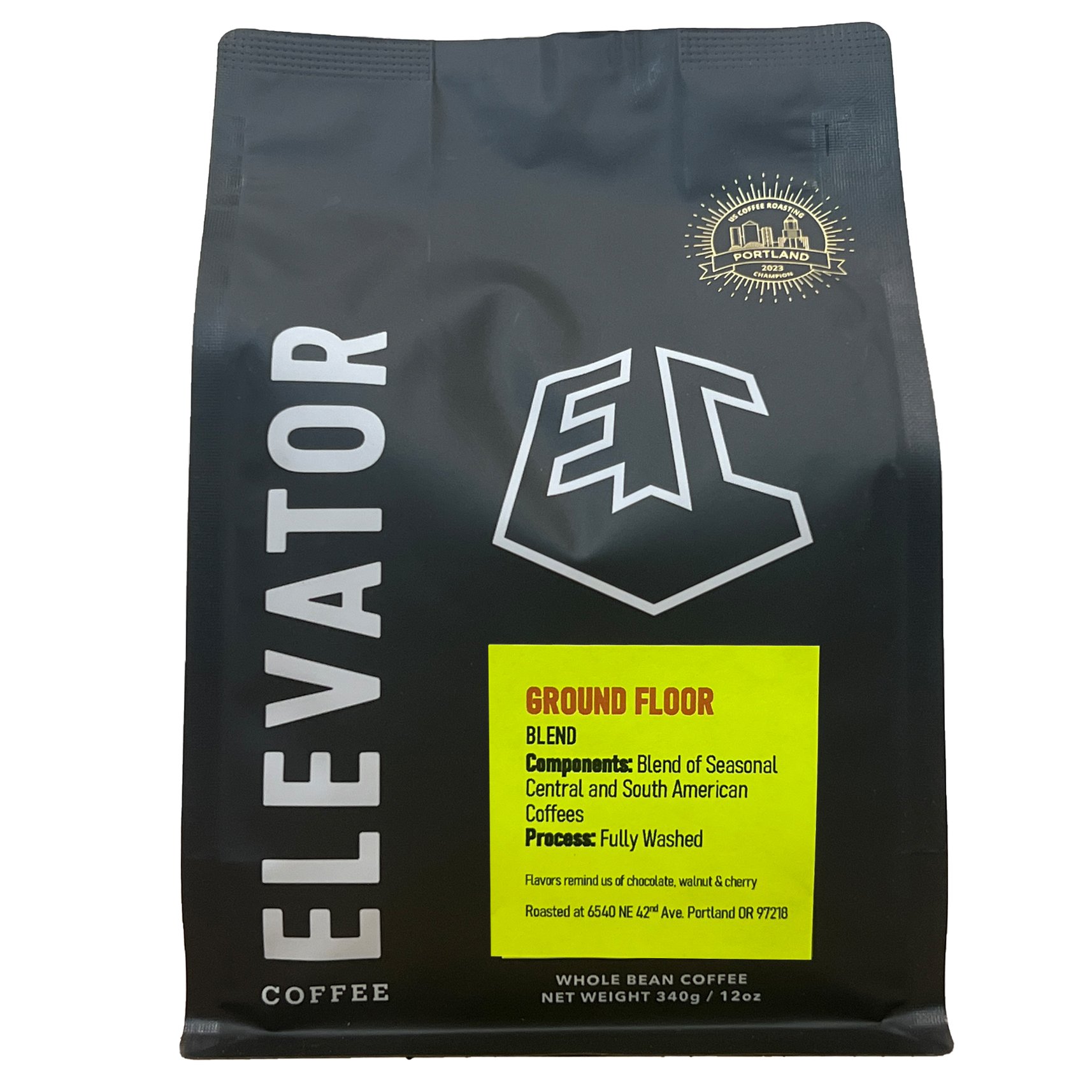 Image 1 of 1
Image 1 of 1


Decaf Colombia Amigos Del Huila
Each producer has a slightly unique way of processing cherries, but all are diligent in making sure that only ripe cherries are picked. Most leave the cherries in a carefully sealed bag (often re-used Grain Pro) in a cool, shaded area (often in the ceramic fermentation tanks) for 12-24 hours to begin the fermentation process in the cherries. From there, coffee is de-pulped and left to ferment without water, either in a low-oxygen environment like a sealed Grain Pro bag or barrel, or in a traditional open tank. Drying is low and slow in covered and ventilated dryers- for anywhere between 2-3 weeks.
Once we purchase the individual parchment lots, we dry mill them in Valle de Cauca and then send them to Manizales, Colombia for in-country decaffeination as quickly as possible using the sugar process decaffeination method. First, sugarcane molasses is fermented to create ethanol, and then mixed with acetic acid to create Ethyl Acetate (EA). The coffee is steamed which opens the pores, and allows for the extraction of caffeine molecules. From there, it’s placed into an ethyl acetate solution where it bonds to the salts of chlorogenic acid inside the beans. When the coffee is fully saturated, the solution is drained and refilled until 97% or more of the caffeine is removed. Sugarcane is widely available in Colombia, and the decaffeination plant- Descafecol- gets their sugarcane from farms in the town of Palmira in the Valle del Cauca Department, west of Huila.
Flavors remind us of: cherry, brown sugar, cocoa
Country: Colombia
Growing region: Huila
Elevation: 1300-1700masl
Coffee Varieties: Caturra, castillo
Processing: Sugarcane decaf
Roast Level: Light
Each producer has a slightly unique way of processing cherries, but all are diligent in making sure that only ripe cherries are picked. Most leave the cherries in a carefully sealed bag (often re-used Grain Pro) in a cool, shaded area (often in the ceramic fermentation tanks) for 12-24 hours to begin the fermentation process in the cherries. From there, coffee is de-pulped and left to ferment without water, either in a low-oxygen environment like a sealed Grain Pro bag or barrel, or in a traditional open tank. Drying is low and slow in covered and ventilated dryers- for anywhere between 2-3 weeks.
Once we purchase the individual parchment lots, we dry mill them in Valle de Cauca and then send them to Manizales, Colombia for in-country decaffeination as quickly as possible using the sugar process decaffeination method. First, sugarcane molasses is fermented to create ethanol, and then mixed with acetic acid to create Ethyl Acetate (EA). The coffee is steamed which opens the pores, and allows for the extraction of caffeine molecules. From there, it’s placed into an ethyl acetate solution where it bonds to the salts of chlorogenic acid inside the beans. When the coffee is fully saturated, the solution is drained and refilled until 97% or more of the caffeine is removed. Sugarcane is widely available in Colombia, and the decaffeination plant- Descafecol- gets their sugarcane from farms in the town of Palmira in the Valle del Cauca Department, west of Huila.
Flavors remind us of: cherry, brown sugar, cocoa
Country: Colombia
Growing region: Huila
Elevation: 1300-1700masl
Coffee Varieties: Caturra, castillo
Processing: Sugarcane decaf
Roast Level: Light



